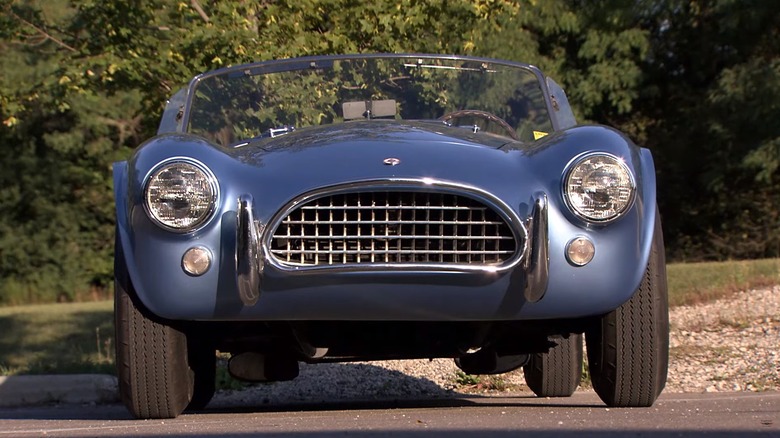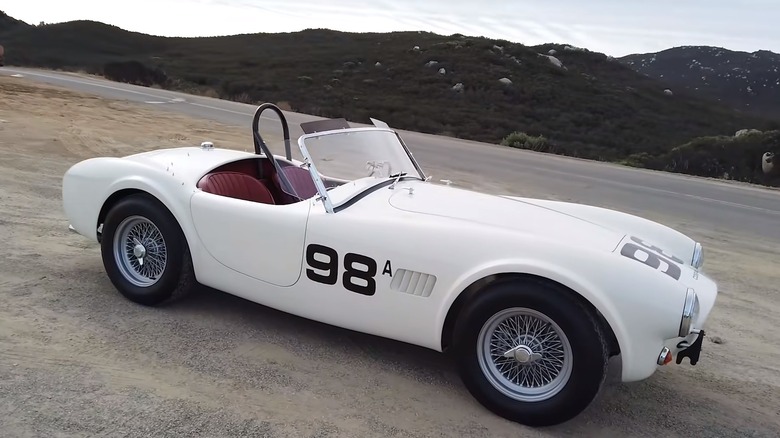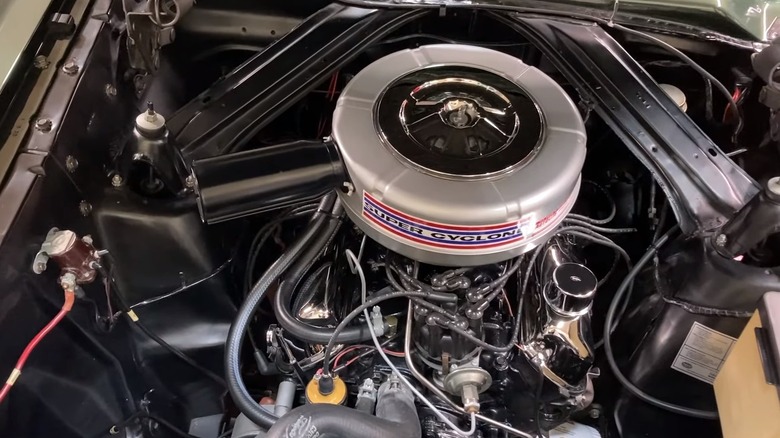Everything To Know About The Ford 289 V8 Engine
Significant automotive innovations and history were made during the 1960s, with some of the most memorable engines ever developed. One of these engines was the Ford 289ci small block V8, which powered several models from 1963 to 1967. Of course, the most notable vehicle that featured this motor was the Mustang, but it also came equipped in many mid-size cars like the Mercury Comet and sedans like the Fairlane. In addition, the 289 also made its way onto the racetrack, helping Ford take the checkered flag.
There were numerous varieties of the Ford 289 that featured differences in the carburetor, compression ratio, horsepower, and torque. The K-Code HiPo version and Shelby HiPo variant offered the most impressive performance with 10.5:1 compression, a 4-barrel high-flow carburetor, and upwards of 306 horsepower. In the early 60s, Shelby added the 289 to the Cobra, and you can revive this iconic car by building your own Shelby Cobra with a Factory Five replica kit.
The 289 Cobra was a race champion
The Cobra roadster (of which only a handful were built) featured Ford's 289 engine and competed successfully in several competitions, including the World Manufacturers Championship in 1965. Participating in all the 1964 European FIA events, it secured victories in the Freiberg Hill Climb, among others, even surpassing the previous course record. Shelby also took the top three spots at Sebring but wanted to expand his list of podium finishes further into Europe.
These major contests taking place across Europe were crucial to Shelby and Ford because no American car had won before. The 289 Shelby HiPo (high-performance option) came equipped with a 4-barrel Holley carburetor that achieved 715 cubic feet of airflow per minute. The engine was also Supercharged and could generate 306 horsepower and 329 lb-ft of torque. Another notable motor of the era was the Ford Cobra Jet engine, which has evolved significantly over the last 60-plus years.
It powered Mercury's muscle car
In the mid-sixties, the Mercury Comet began offering a more robust version called the Cyclone that featured the Ford 289. The 1965 Mercury Comet Cyclone was available with the Ford 289ci engine, a 4-barrel carburetor, and a 10.0:1 compression ratio. This motor provided the Comet with 225 horsepower and 305 lb-ft of torque. While the Mustang greatly overshadowed the Comet overall, it still did well, reaching one million units sold in just seven years, according to Muscle Car Club.
During the '64-'65 production years, some enthusiasts discovered that you could special order the HiPo 289 for the Cyclone from specific dealers. This engine version bumped horsepower to 271 and torque up to 312 lb-ft. The HiPo 289 also featured a higher compression ratio, going from 10.0:1 to 10.5:1 for greater power output. Instead of the Shelby HiPo 4-Barrel Holley carburetor, the upgraded Cyclone came with an Autolite 4100 4-Barrel carburetor. However, it's unknown how many of these HiPo 289 Cyclones were actually manufactured.


